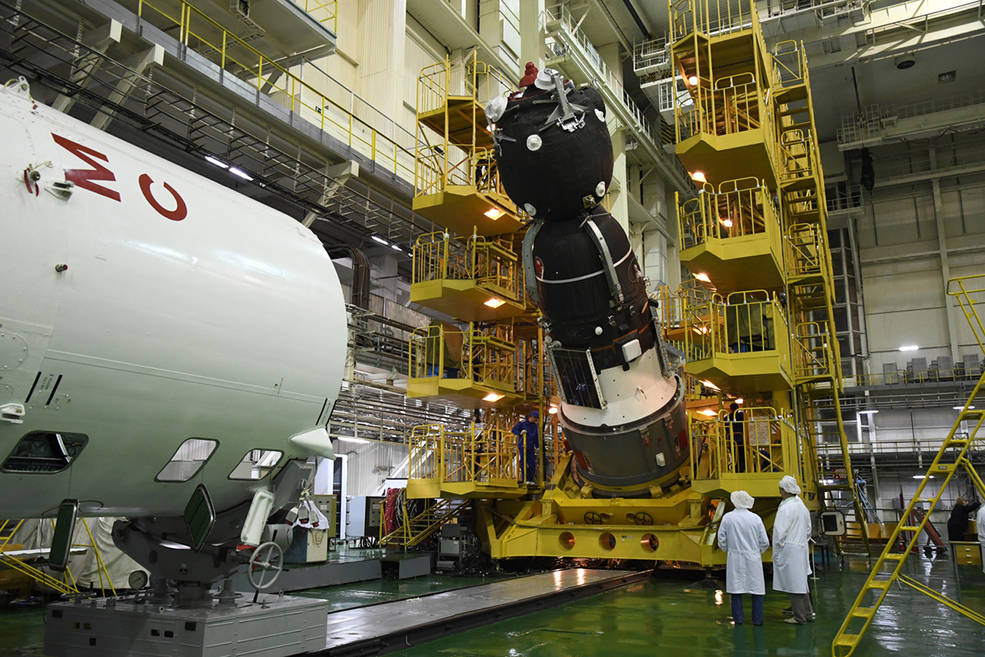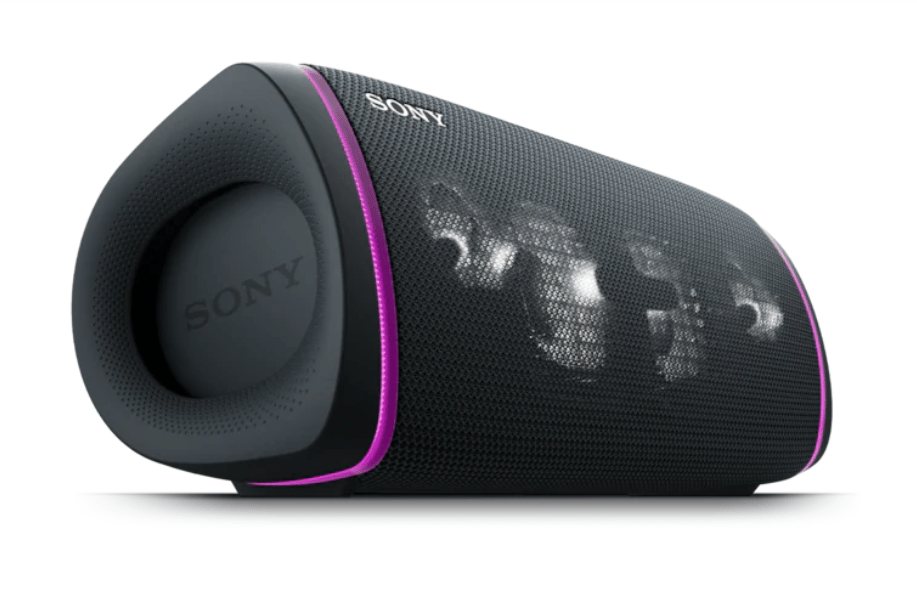NASA Television Coverage Set for Uncrewed Soyuz Mission to Space Station

An uncrewed Russian Soyuz spacecraft is set to launch from the Baikonur Cosmodrome in Kazakhstan on Wednesday, Aug. 21, at 11:38 p.m. EDT (8:38 a.m. Aug. 22 Baikonur time) on a test flight to validate the spacecraft’s compatibility with a revamped Soyuz booster rocket. The booster will be used to transport crews to the International Space Station beginning in spring 2020.
Live coverage of the launch, docking and undocking of the spacecraft will air on NASA Television and the agency’s website.
The Soyuz MS-14 spacecraft will lift off from Site 31 at the Cosmodrome on a Soyuz 2.1a booster, which has been used recently to launch uncrewed Russian Progress cargo resupply missions to the space station.
Two days later, on Saturday, Aug. 24, at 1:30 a.m., the Soyuz will navigate to an automated docking on the station’s space-facing Poisk module.
The Soyuz 2.1a booster, equipped with a new digital flight control system and upgraded engines, is replacing the Soyuz FG booster that has been used for decades to launch crews into space. The Soyuz spacecraft will have an upgraded motion control and navigation system, as well as a revamped descent control system.
Instead of crew members, the Soyuz will carry 1,450 pounds of cargo to the Expedition 60 crew currently residing on the orbital outpost.
After a two-week stay at the station, the Soyuz will be commanded to undock from the station on Friday, Sept. 6, at 2:13 p.m.
TV coverage of the launch, docking, and undocking activities is as follows (all times EDT):
Wednesday, Aug. 21:
- 11:15 p.m. – Soyuz MS-14 launch coverage (launch at 11:38 p.m.)
Saturday, Aug. 24:
- 12:45 a.m. – Docking coverage (docking scheduled for 1:30 a.m.)
Friday, Sept. 6:
- 1:45 p.m. – Undocking coverage (undocking scheduled for 2:13 p.m.)
The uncrewed Soyuz MS-14 will be deorbited for a parachute-assisted landing in south-central Kazakhstan at 5:35 p.m. on Sept. 6 (3:35 a.m. Kazakhstan time on Sept. 7), where Russian personnel will be standing by to recover the spacecraft for postflight analysis. NASA TV will not provide live coverage of landing. The mission’s completion will be reported on social media and the agency’s website.
Check out the full NASA TV schedule and video streaming information at:
Get breaking news, images and features from the station on social media at:





